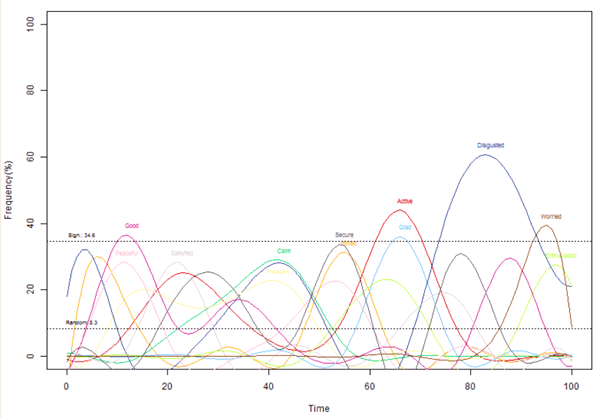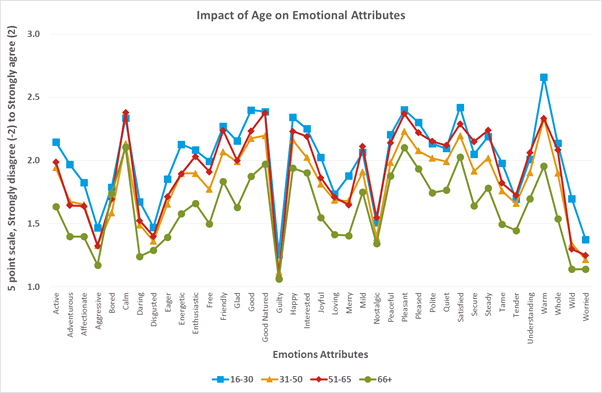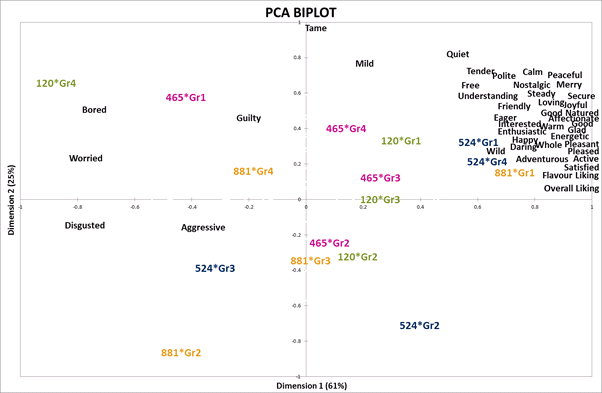Emotional research
Increasingly those at the cutting edge of sensory research realise that it isn’t just the sensory properties of products that impact consumer preference, it is also the emotional effect. Consumers choose between products not on just on what they look like or smell like – but how they make them feel. Sensory science recognises 39 different emotions that a consumer can register as a result of consuming a food or beverage product.
Leatherhead can assist customers with emotional projects. Because emotional research is quite complex Leatherhead recommends a two stage process:
- Focus group for filtering: there are 39 different possible emotions triggered by consuming food/drink which are categorised into neutral, positive or negative. These could make consumer testing very long and complex –potentially confusing and tiring the participants leading to not conclusive results. Therefore Leatherhead recommends using qualitative focus groups to edit out the irrelevant possibilities and create a shortlist of potential emotions that will apply to the product(s).
- Consumer testing: we then undertake consumer testing using the right methodology against the objective e.g. EsSense Profile, Impulsive test or Temporal Dominance of Emotions (TDE) using the filtered list of emotional responses to provide the quantitative feedback. We have a large, proprietary consumer database and are able to segment them to specified demographics as requested. Because an emotional response is impacted by the “whole product” i.e. the brand and packaging as well as the consumable itself, it is ideal to test the entire consumer experience. When a product is at prototype stage that can be difficult so we use various visualisation techniques to try and synthesis the consumer experience as far as possible.
Typical outputs from Emotional testing are as follows:
Example of TDE:

Example of EsSense Profile –showing 39 emotions:

PCA performed on the emotions and liking scores by liking groups:

Why Leatherhead?
- Breadth of panels – consumers at central location, at home, at location, sensory trained panels.
- Navigating and recommending appropriate methods & approaches to suit your requirements
- Science background, up to date, latest research in the industry
- Meaningful, actionable analysis – so what? What next?
- Large multi-disciplinary team of approachable people